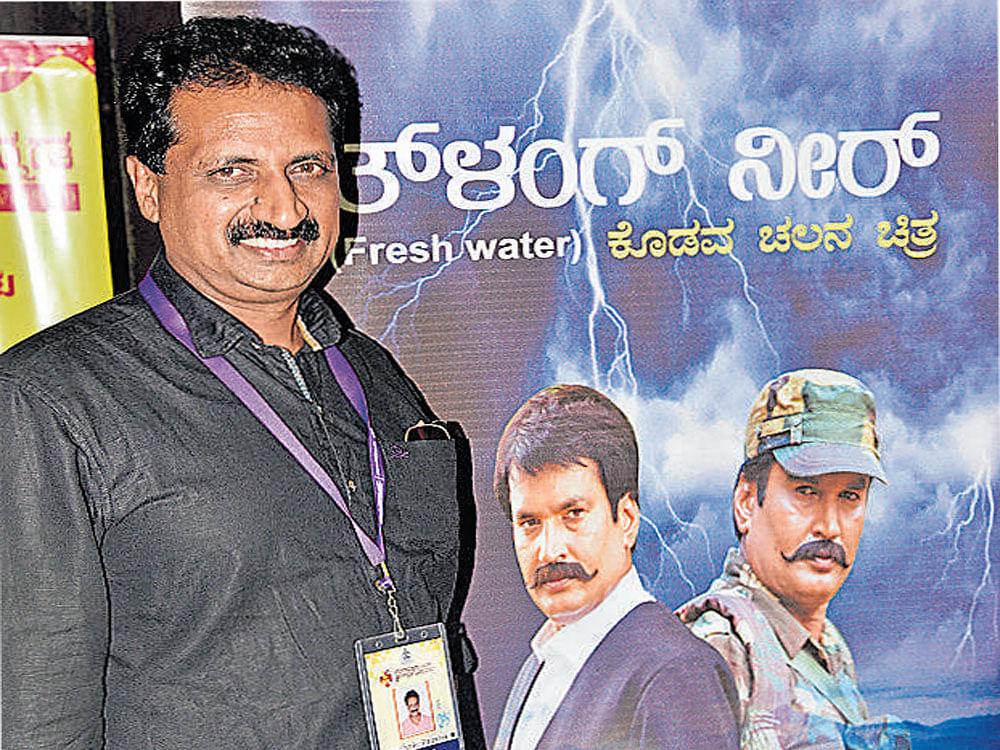
Though each state in South India has its own flourishing film industry, filmmakers say the movies they produce are often homogeneous and fail to capture the distinct identity of each state.
Gopi Peenya, director of Kodava movie ‘Talang Neer,’ said the primary reason was that majority of the films, be it Kannada, Tamil or Telugu, are set in urban locations, focussing on lifestyle in the city.
Ignoring local flavour in this manner leads to homogeneity, he said. Gopi originally wanted to make his film in Kannada.
“I changed my mind later because I thought, since the movie was set in Kodagu, it will only be right to make it in Kodava,” he said. A photographer-turned-director, Gopi visited Kodagu frequently over a period of 30 years and gained an understanding of local issues.
“Even if the movie is set in a village, the characters will not be true to the local culture because the filmmaker has not made the effort to understand the place and the people.”
Narahari Rao, former artistic director of Biffes, said, “One thing all film critics in the country agree on is that Marathi films are the only ones which have a strong, distinct identity. Not just parallel cinema, even the mainstream movies have that characteristic. This is not to be seen in any other regional cinema.”
Pressure from distributors could be a reason why filmmakers prefer to make grand, formula films, says Hemanth Kumar, director of the first movie made in Banjari, the language spoken by the Banjara tribe. “We have so many beautiful locations in this state, but distributors demand movies and songs shot in foreign countries. They want movies that copy Hollywood and Bollywood. If we use a village as our setting, they think it is a low-budget movie of low standards,” he said.
Kumar, who belongs to the Banjara community, used to make movies in Kannada before, but switched to depicting the community’s indigenous culture, traditions and problems. “Costumes play a huge role, too. Be it Tamil, Telugu or Kannada, you only see people wearing jeans, saree and trousers. In my movies, the men wear dhotis, and women wear traditional skirt and blouse with heavy embroidery,” he said. His latest movie ‘Sone Sarik Beti’ is about the pressing issue of farmer suicides. It was screened at Biffes 2017 in the ‘Unsung Incredible India’ category.
A film critic said, “Earlier, you could look at just one frame of a Malayalam movie and say it was from the region. These days, if you mute the audio, Tamil, Telugu, Kannada and Malayalam movies become indistinguishable. They all look the same.” This is also an effect of globalisation which has led to similar dressing, food habits, etc. Festivals like Biffes help films representative of local cultures to thrive, he said.
Deccan Herald is on WhatsApp Channels | Join now for Breaking News & Editor's Picks